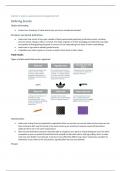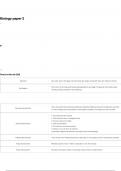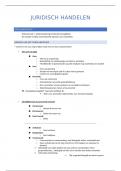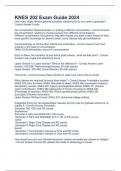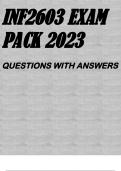Class notes
Summary Brand Management
- Course
- Institution
This document contains a summary of all lectures and papers (including guest lectures) from a semester-long master program course, at the end mock questions are included together with the answers and quiz questions that took place during class are included.
[Show more]
